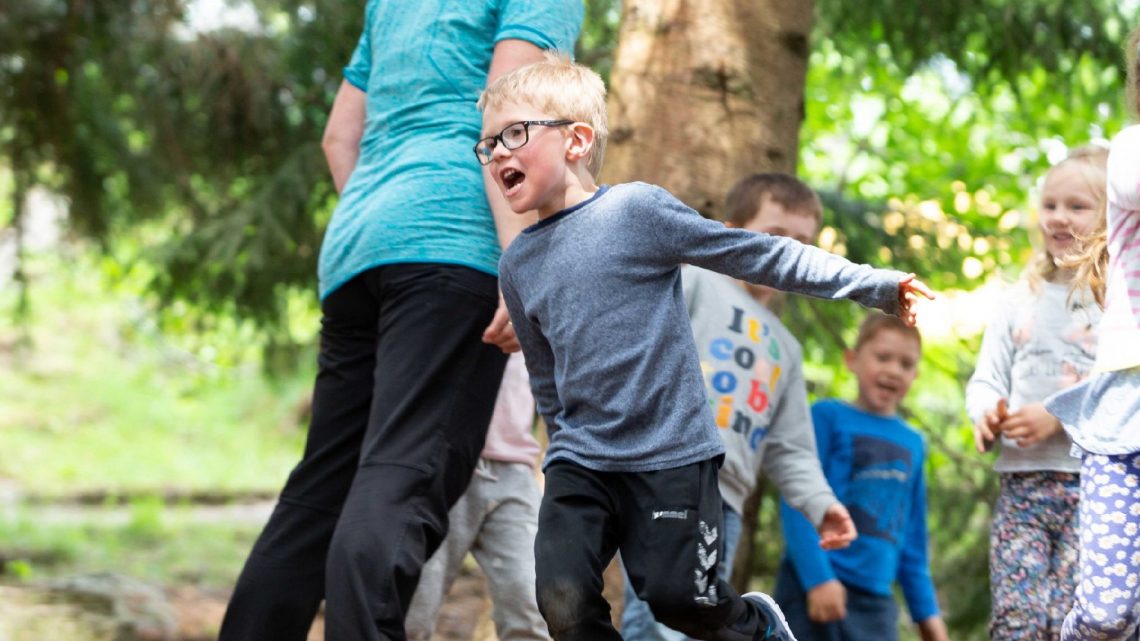
Objective
In Rat Catcher, the children must remember rules and respond quickly to information they are given in the game. The game also challenges coordinative abilities such as reaction and spatial orientation.
Instructions
The adults have two roles: a happy rat catcher who wants to hug the rats or an angry rat catcher who wants to catch the rats. The children are rats and their movement patterns depend on whether the rat catcher is happy (hugs the rats) or angry (catches the rats).
- The game starts with the rats calmly following the rat catcher in a row. The rat catcher suddenly turns around to the rats and pulls either happy faces or angry faces.
- If the rat catcher pulls happy faces, the children run up to the rat catcher and gives him/her a hug. If the rat catcher pulls angry faces, the children run away from the rat catcher to avoid being caught.
- The rat catcher turns around randomly and pulls happy or angry in a random sequence.
Variation
- For progression, an instruction could be added as the rat catcher turns around. For instance, “Hug Casper” or “Catch Ida.” The children will then have less predictability and must change the direction in which they are running. It may be a good idea to use the name of the child, who is out of the game, to get them back into the group again.
- Another form of progression is to add a rule, for example, that if no faces are pulled (happy nor angry), the rats must ‘freeze’.
- A variation is to change the movement patterns by being other animals. For instance, you (as the adult) can be a snake, and if you pull happy faces when you turn around, the children become your baby snakes and wiggle up to you for a hug. If you pull angry faces, the children become butterflies that run and flap away from you to avoid being caught.
Equipment
No equipment required.


